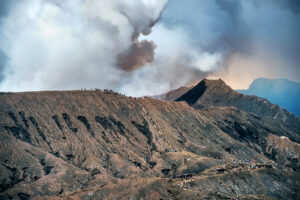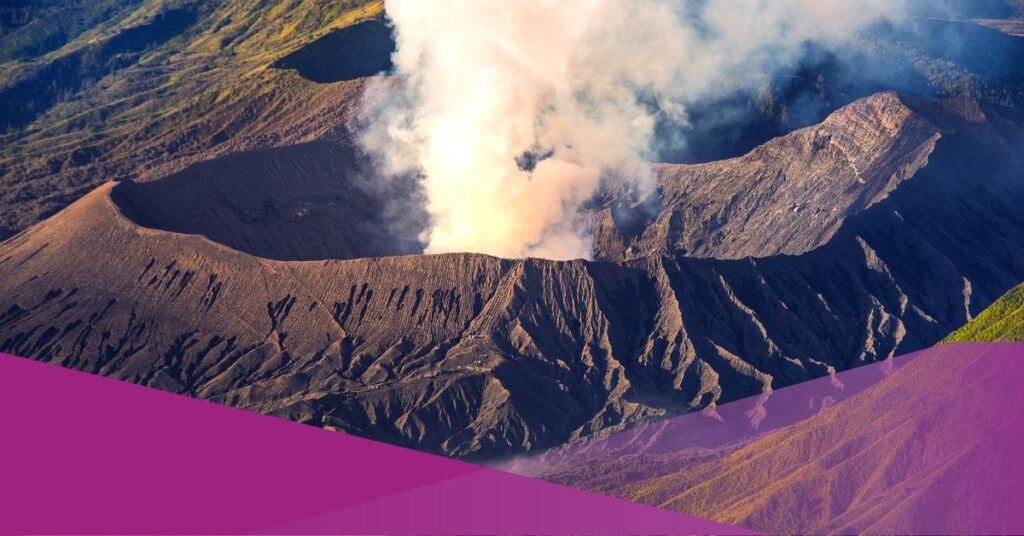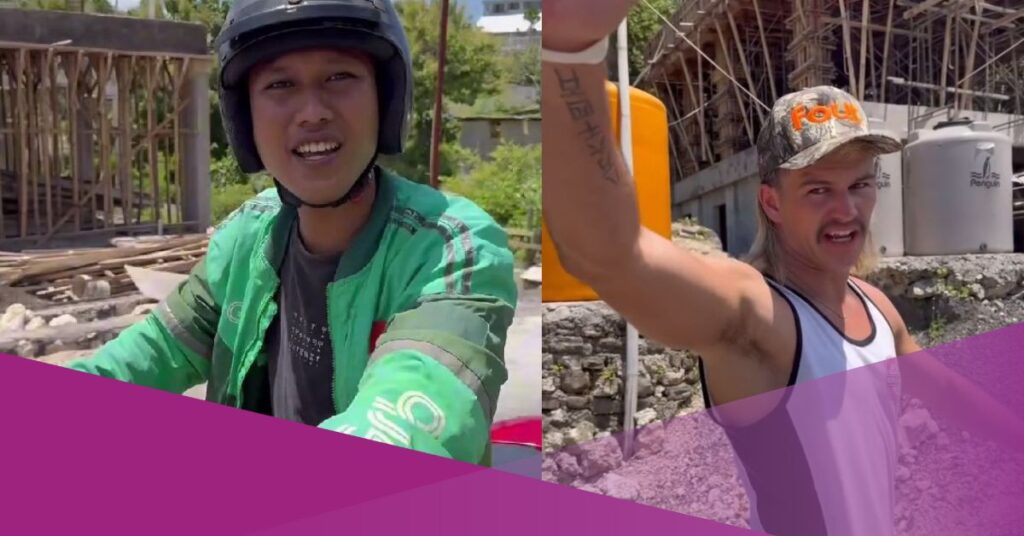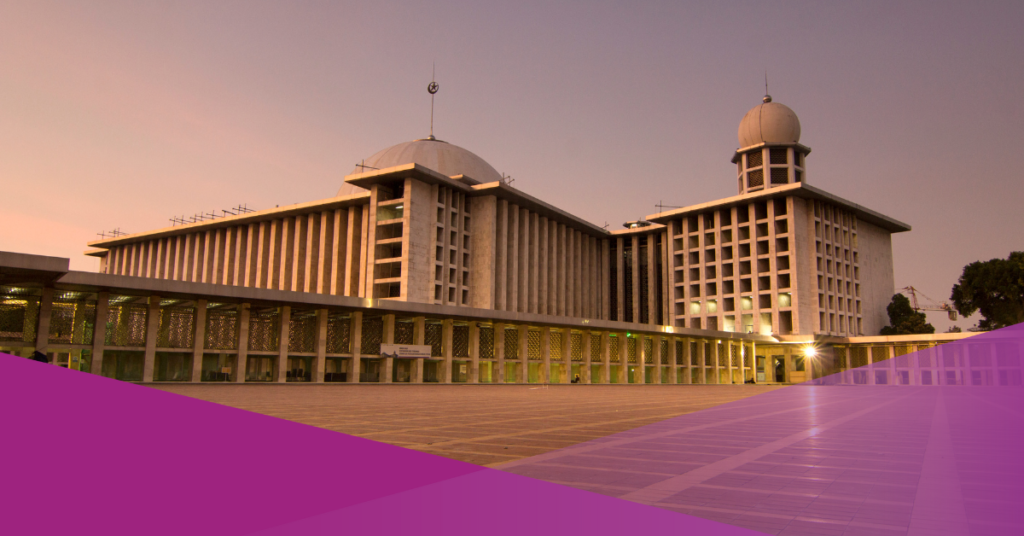The series of Merapi Volcano eruptions for the past week has been very concerning. On Saturday, Merapi Volcano, one of the most active volcanoes on the planet, erupted, spouting smoke and debris that covered neighbourhoods around it. According to the National Disaster Mitigation Agency, no fatalities were promptly reported.
The ash cloud was reported 9,600 feet (3,000 meters) above the peak by the Merapi Volcano Observatory. Following the explosion, detected at 12:12 pm, authorities created a limited area seven kilometers from the crater. (0512 GMT). According to agency spokesman Abdul Muhari, “the public is urged to halt any activities in the potential danger region to prepare for possible danger from the Merapi Volcano explosion.
Muhari added that nearby residents should be prepared for “disruptions” from ash and be mindful of possible dangers from volcanic mudflow, especially if it rains close to the Merapi Volcano. An official at one of Merapi’s surveillance stations said volcanic ash had impacted at least eight villages nearby.
On the 15th of March, Merapi Volcano released hot gasses for the second time. At 05:42, 10:36, and 17:14 western Indonesian time that day, the Merapi Volcano erupted thrice. The first incident had a sliding distance of 1,300 meters to the southwest region, and the second incident had a sliding distance of 1,000 meters in the same direction, according to the Geological Disaster Technology Research and Development Center (BPPTKG) Yogyakarta. Six lava avalanches with a maximum falling distance of 1,500 meters were seen in the southwest during the same time frame.

According to Tri Tukijo, an emergency and operations team member at the Sleman Regional Disaster Mitigation Agency (BPBD), there was a light ash shower over Kaliurang and Turi District, specifically Girikerto Village, at around 10:36 WIB after the second hot clouds at Merapi Volacano appeared.
Tri claimed that despite being mild, the ash shower was unavoidable because no breeze was gusting as hard as it did last Saturday, the 11th of March when the hot clouds that transported volcanic ash up to 33 kilometers were first spewing out from the Merapi Volcano. Tri asserted that the ash rain unaffected residents’ daily routines. When the hot clouds appeared, the Sleman BPBD workers were handing out shields to the locals.
Check out the latest information about Merapi Volcano here
The public and business players are forbidden from engaging in any activities in the possibly unstable region around Mount Merapi, which has been releasing hot clouds for the past five days, according to a circular letter that Sleman Regent Kustini Sri Purnomo released today.
Kustini mentioned the rivers that flow to Mount Merapi in the southwest sector: Krasak River, Bedog River, and Boyong River, as well as in the southeast sector: the Gendol River. “The ban on carrying out activities primarily in the river channel is as recommended by the Yogyakarta BPPTKG,” said Kustini.
“Because Mount Merapi’s volcanic activity is quite high and continues to be active, as evidenced by the growth of the lava dome, incandescent lava avalanches, hot clouds, and volcanic ash rains, both in the southwest lava dome and the centre of the crater,” Kustini explained.
Interested about this topic? Check out our other articles:






























